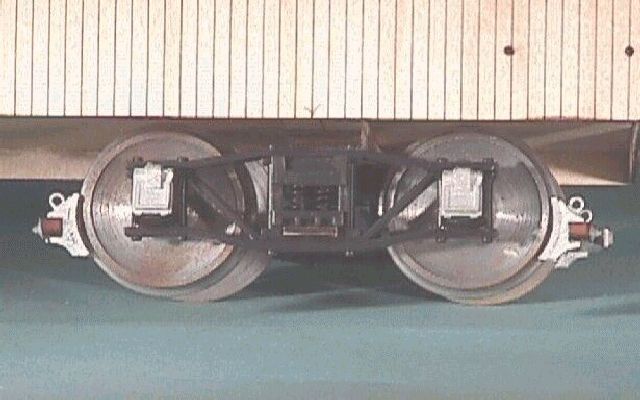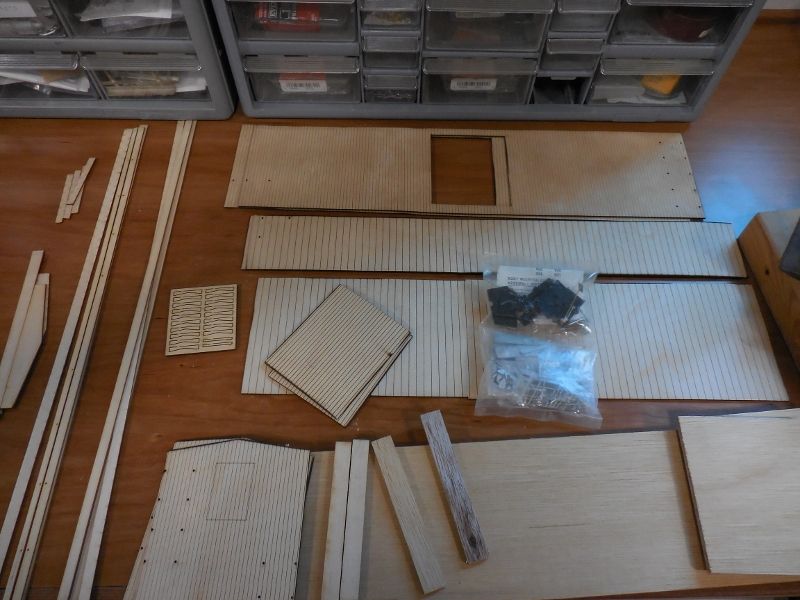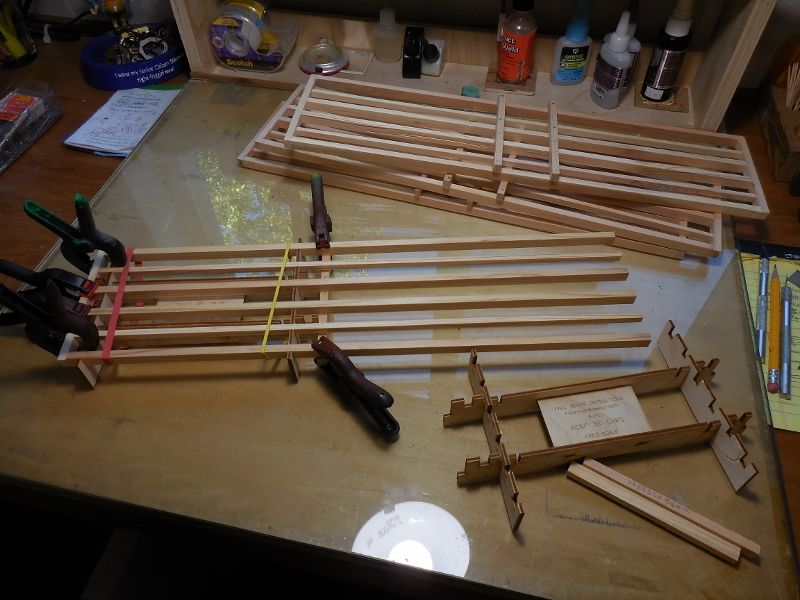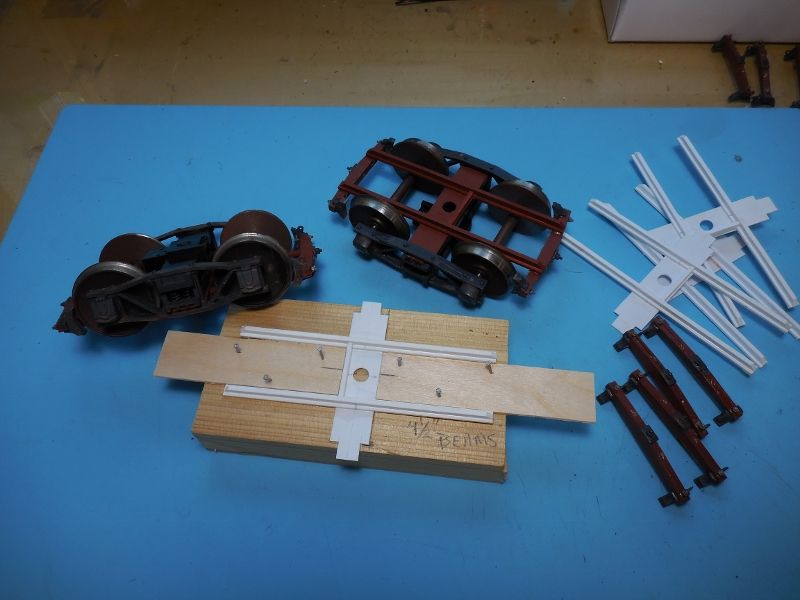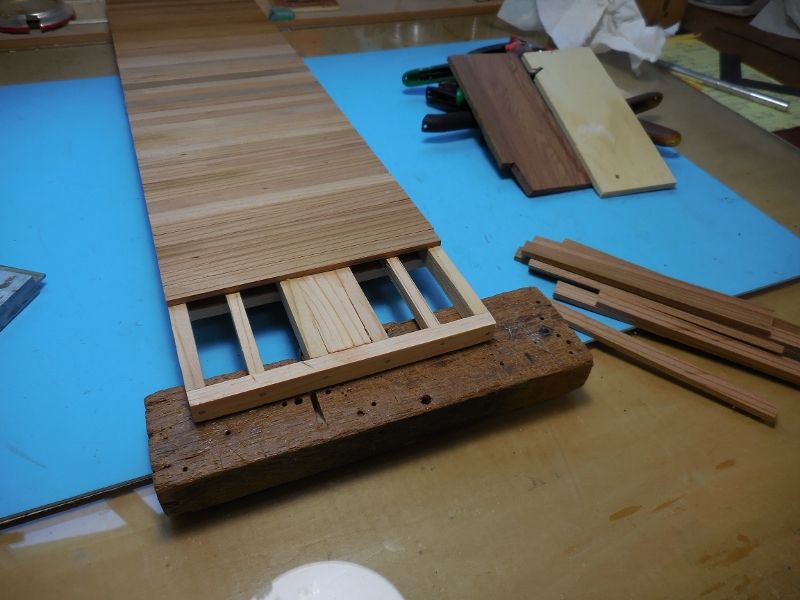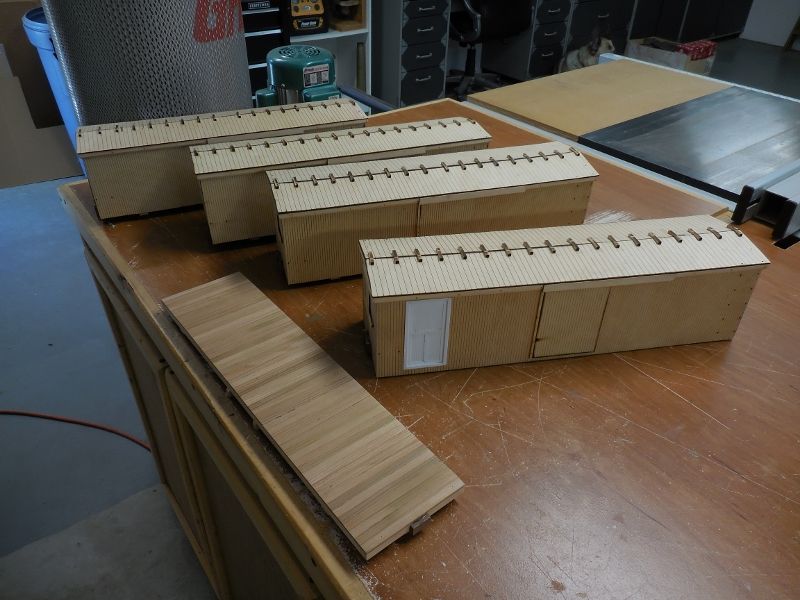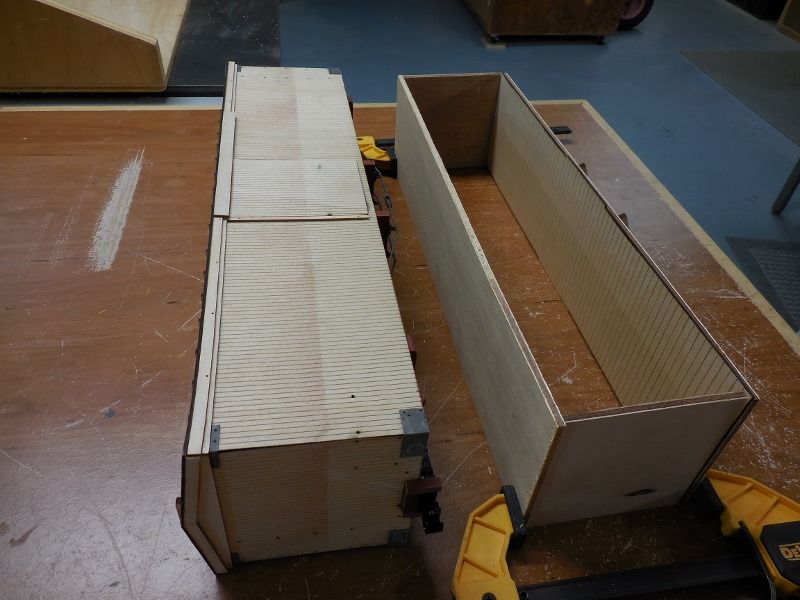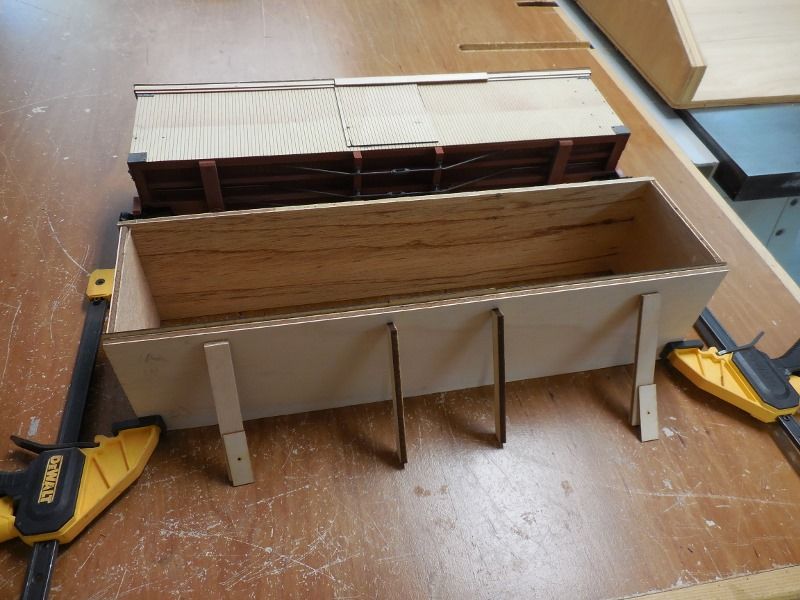Budget Boxcar Kits! Does anyone remember them? Our Benevolent Dictator just posted some for sale a week or so ago. There are a lot of us that have been around for a long time that remember when these were a big deal, not so much anymore. For you newer guys a little explanation may be helpful. So here, to the best of my recollection, is what they were about.
Back about 1998 or so there were a number of very good model builders that were campaigning for a scale change that would make 45 mm track exactly 3 foot gauge. There was even a web site created that was dedicated to the correct combination, the 1:20.3 group. Coincidently, about that time Bachmann introduced a 2 truck Shay locomotive in 1:20.3 scale. Myself, like many others were immediately hooked on this new correct gauge/scale combination and the fascination of the large scale geared locomotive.
A problem soon became very evident, there was literally no rolling stock yet being produced in 1:20.3 scale to go with this beautiful new locomotive. A number of cottage industries soon popped up and started supplying equipment to fill the void. People like Bob Hartford and Don Winter, to name a couple, started delivering a small supply of car kits to fill the growing demand.
About 2001, on the old 1:20 E groups page a bunch of guys started “what if’ ing”. What would it take to produce some cottage industry cars in this new 1:20 scale; can anybody come up with some ideas? Well it wasn’t long before several guys stepped forward and said we can do this.
I hesitate to name these guys because I am sure I am forgetting someone but as I remember the ones that took the lead in this project were; Jeff Saxton, Curt Johnson, John Clark, and Bob Hartford. Curt drew the plans of the prototype car, Bob supplied an array of soft metal castings for detail parts, John supplied building/framing jigs and Jeff did the entire laser cutting from the company he was working for at the time, American Model Builders? Now I know I am forgetting to give credit to a lot of others that jumped in and donated time and effort to this project and for that I apologize.
The the prototypes for these 1 to 1 cars were ordered by the Florence & Cripple Creek railroad of Colorado in 1899, construction numbers 500 thru 699, and they were produced by the American Car and Foundry Company in 1899 to 1900. By the early 1900’s the F &CC fell on hard times and sold off all the rolling stock. The boxcars went to narrow gauge railroads all over the west and even as far as the Navel Depot at Pearl Harbor, Hawaii.
One car in particular caught my eye several years ago. Boxcar #536 went from the F&CC to the Nevada, California, Oregon line (NCO) that ran from Reno Nevada to Lakeview Oregon. It ran there until the NCO was bought by the Southern Pacific Company and the road was changed to standard gauge in the late 1920’s. Car # 536 was sold to a local ranch and went on the ground as a feed storage shed. There it remained until the 1960’s when it was “found” and rescued by a bunch of college students from Shasta Junior College in Redding Ca. The car was acquired and transported to the museum at Shasta College and put on display. I discovered this car in the 1990’s and when the Budget Boxcar project came along it just seemed the perfect fit. So the first Budget Boxcar project I constructed was of course boxcar #536.
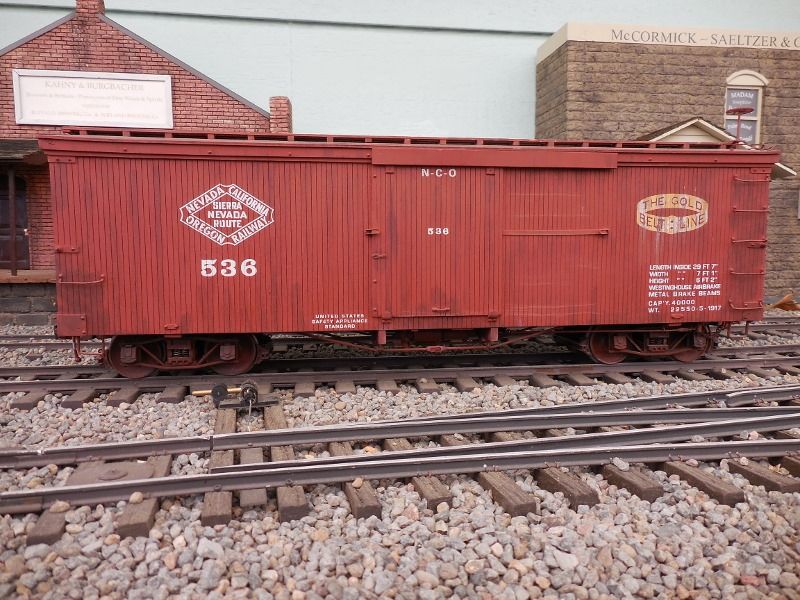
The NCO boxcar #536 as built in 2001. I couldn’t resist using the old F&CC “Gold Belt” logo as a faded herald even though the car is now lettered for the Nevada California and Oregon. The custom decals were supplied by Rick Blanchard of Blanchard Design.
Among my paperwork I found the old workup notes for building this kit.
1- Boxcar laser cut wood $45.00
2- Hartford metal details $30.00
3- Delton trucks (Gary Lantz) $12.00 per pair
4- Sierra Valley wheels 4 axles $12.00
So $99.00 for the basic kit then add paint and decals. If you were going to do a custom frame then you had the cost of wood for the sills and further metal castings. Also if you bought the custom frame building jigs from John that was an additional $45.00, but wasn’t a per car price addition.
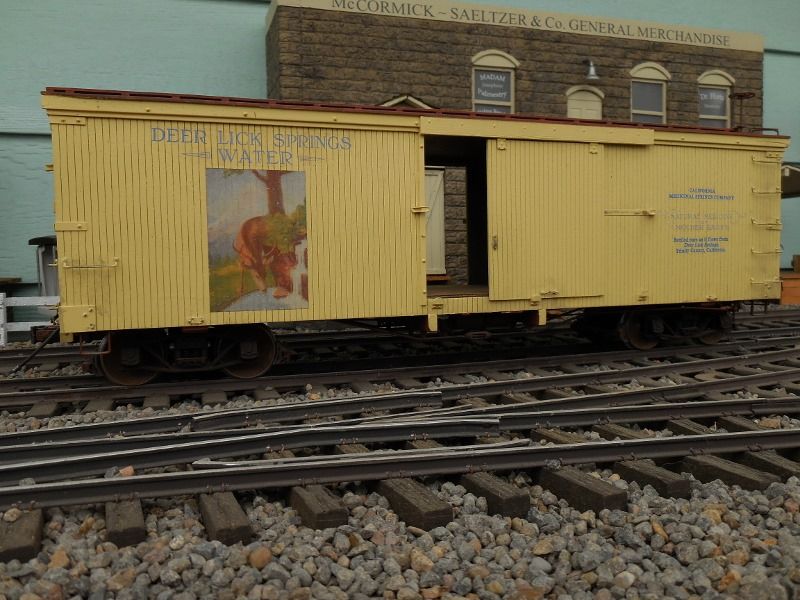
The second car I built in 2001 was a custom private industry car for the Deer Lick Springs Water Company. Deer Lick Springs is a real place way back in Trinity County, California that was a very popular Mountain Spa back in the day. Unfortunately a railroad never came within a hundred miles of the resort but I didn’t let that slow me down any. The custom decals were done by Stan Cedarleaf, the art work is from a bottle label from the 1920’s
Well four more of these kits have been laying around since 2001 with all the parts and pieces to complete them all they needed was ambition and time. Like everybody else I have been catching up on a lot of projects around the house and railroad the last few months so stick around and I’ll walk you through my build of the 4 great old kits.

